In Japanese, nakiri means “leaf cutter,” and the knife’s specialisation is to mince, chop, dice, and slice vegetables. It has a broad rectangular blade with a flat and blunt tip that is generally rounded rather than pointed. A Nakiri knife is great for cutting fruits as well as vegetables. One of the most common duties in the kitchen or during meal preparation is cutting vegetables. As a result, any cook should own a KOI Artisan nakiri knife as part of a comprehensive knife set.
Its design is incompatible with precise cuts or rocking cutting techniques like as the santoku or gyuto. However, because you are using the entire cutting surface, it offers it efficiency while cutting vegetables and fruits. Furthermore, the lack of a rounded tip protects the knife’s blade, as the knife’s tip is the initial point of contact with the chopping board. It would injure the knife if it was pointed or squared.
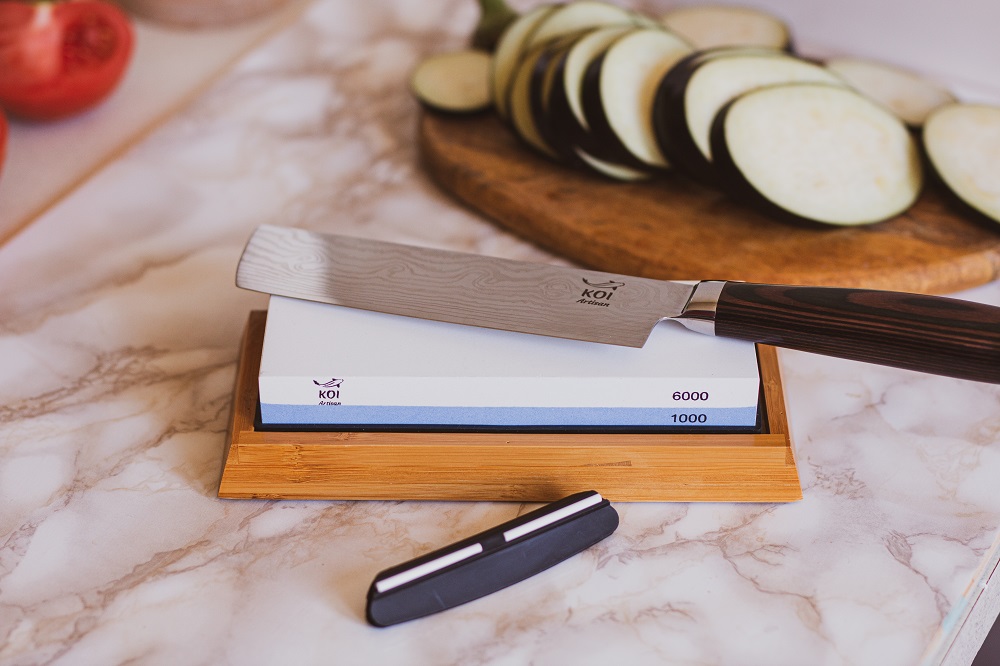
Have you ever cut peppers for a stir-fry and ended up with a string of still-attached vegetables that looked like paper dolls? That’s because it’s incredibly easy to not cut all the way through a vegetable’s peel when using a curved blade. The nakiri makes a more thorough touch with your cutting surface because to its flat edge. The more touch you have, the cleaner your cuts will be!
It takes some getting used to using a nakiri. When you initially start chopping, you’ll realise that sliding the knife forward or back rather than rocking it works considerably better. All blades operate better when they slide, yet in the west, we’re taught to rock our knives. The nakiri retrains your brain, and with a little practice, you’ll have greater knife skills than ever!
Because there is more steel at the front of the knife, nakiris have a little more heft and front balance than a comparable sized santoku or gyuto. If you’re as lazy as I am, you’ll be pleased with how much work they do for you. The more you work with a nakiri, the more you understand it’s more than just a gorgeous face – it’s a vegetable chopping machine!
Features of a Nakiri Knife:
Its shape and size:
Nakiri knives are long and rectangular, with lengths ranging from 120 to 210 millimeters. Most individuals, however, favour the ones that are 165mm or 180mm in length. The knife’s long length gives excellent knuckle clearance, which improves your comfort while using it. Furthermore, unlike knives with curved blade edges like the santoku or gyuto, its rectangular design gives it a unique advantage in that the length of the blade does not change as you sharpen it.
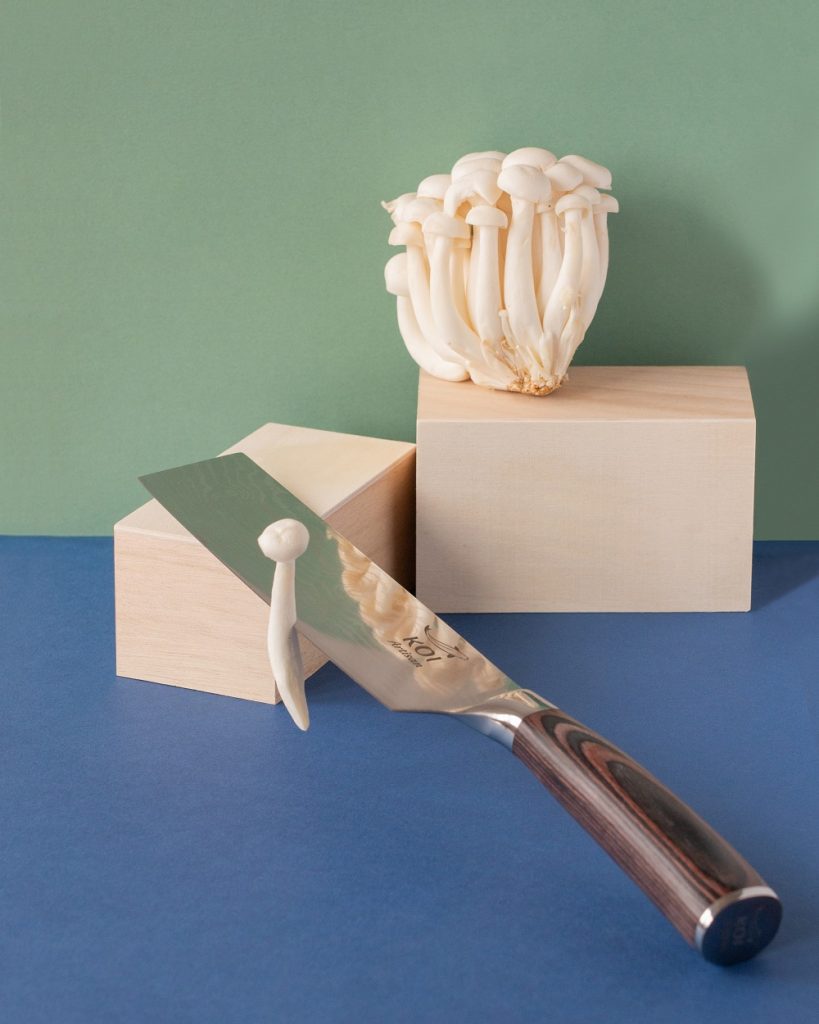
The blade is rectangular in shape and has a straight cutting edge. This shape is ideal for cutting in a vertical up and down action. Its lengthy length also allows you to cut veggies swiftly in a single downward motion. On the other hand, its narrow blade offers clean cuts without ripping the vegetable.
The blade’s length and breadth make slicing hardy veggies like tubers and squashes a breeze. A cleaver, on the other hand, should not be confused with a KOI Artisan nakiri knife since the latter, while similar in shape, has a larger blade that can handle harder labour. The nakiri should not be used to chop through bones or frozen food.
The handle:
The handle affects your comfort as well as the speed with which you cut your meal. It also has an effect on the knife’s overall balance and appearance. Nakiri knives often have one of two handle styles: a Japanese handle or a western-style handle. The majority of Japanese nakiri knives have a wa-handle style handle. These are available in a variety of shapes, including octagonal, D-shaped, and oval. The handle you choose is a personal preference, although an ergonomic handle is recommended for safety and comfort.
Advantages of a Nakiri knife:
So, why would any chef want to cut vegetables with a nakiri knife in the kitchen? The nakiri has a number of advantages, including the following:
It gives you thin and even slices:
Because of its flat and thin blade, the KOI Artisan nakiri knife is ideal for finely slicing vegetables. It also lets you to keep your cuts consistent, resulting in equal slices, which is useful when you want to adorn your salads or make ribbon cuts.
Fast and fluid chopping
To cut through the vegetables, all you need is a simple motion. There is no horizontal pulling or pushing required, nor is a rocking motion required. This not only allows for quick cutting, but it also keeps the vegetables, particularly onions and celery, from sticking together as you chop them. The flat blade of the nakiri knife slices through the veggies and onto the cutting board.
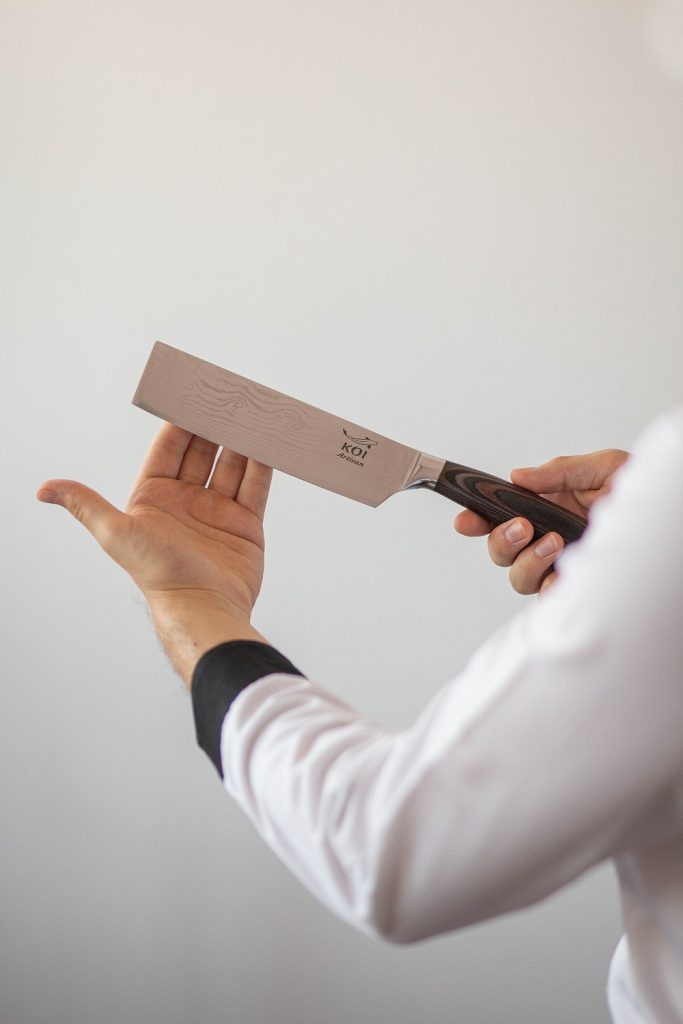
It is excellent for delicate vegetables.
There is a worry of squashing fragile vegetables and consequently harming them when cutting them. The knife’s small and flat profile, on the other hand, provides the precision needed to cut delicate vegetables without hurting them.
It is of the proper length.
The usual length of a nakiri knife is 5-7 inches. This is a long enough length for the nakiri to handle any type of vegetable or fruit without having to make repeated cuts.
It has a double bevel.
Nakiri knives have a double bevel edge, which means they are slanted on both sides. This feature makes them great for cutting vegetables because it allows for straight cutting, which is what you want when seeking for an easy-to-repeat motion.
It is usable from tip to tail.
Because it doesn’t have a pointed end, you may use the entire surface of the blade, which improves efficiency. The greatest vegetable knives should provide ease of cutting and efficiency, and a nakiri does just that.
What to look for when buying a Nakiri knife
While nakiri knives are the best for veggies, any knife you buy at the store isn’t necessarily the best. There are various things to consider, including the following:
Steel composition
Handle design
The cost
Finishing of the blade
You usually have two alternatives when it comes to steel types. Choose between carbon steel and stainless steel. The edge retention, corrosion and rust resistance, and general durability of the knife are all determined by these two types of steel.
Carbon steel knives are easy to sharpen and maintain their edge for extended periods of time. They do, however, necessitate a lot of upkeep because they are prone to rust and corrosion. Stainless steel is more durable, resists corrosion and rust, and is less likely to chip. They are, however, more difficult to sharpen and dull more quickly.
Finding high carbon stainless steel, which combines the best of both worlds but sometimes comes at a premium price, is a compromise.
When it comes to the knife’s handle, it all boils down to personal preference and how you want to use it. Use a nakiri knife with a contoured or western-style handle if you grab your kitchen knives by the handle. If you employ a pinch grip, however, the traditional Japanese style for handles, handle, is the finest alternative.
In terms of pricing, it all depends on your budget; however, any cook knows that the greatest knives come at a premium cost. When it comes to specialty knives, pricing frequently indicates quality, so expect to pay anywhere from $50 to $200 or more for the best nakiri knife. To buy the best knives while staying within your budget, seek for businesses that have sales or discount coupons. Finally, because veggies tend to stick to blades when chopped, the blade finish is another element to consider. To avoid this problem, the greatest nakiri knives have a hammered surface known as tsuchime finish. When cutting, the hand-hammered finish reduces drag, making the vegetables less prone to stick. You can also get a Granton edged nakiri, which has the similar effect.

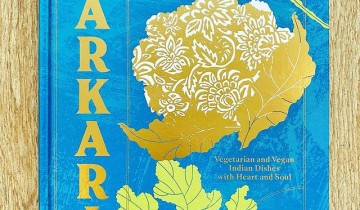

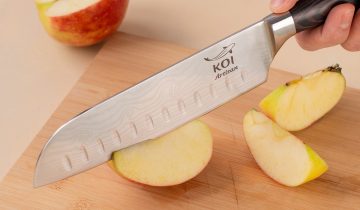
 No products in the cart.
No products in the cart.